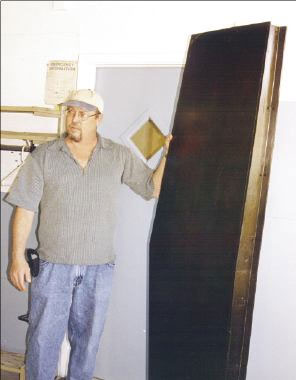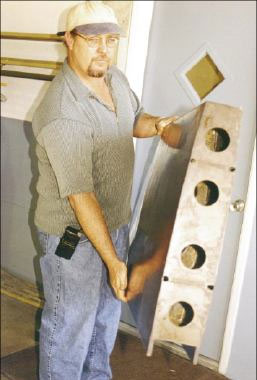|
||||||
|
In 2000, NASA as part of the AGATE program (Advanced General Aviation Technology Experiment) co-funded with Cessna, a developmental effort to manufacture a generic composite Citation horizontal tail using Resin Transfer Molding techniques. The objective was to validate the process and provide three test specimens for structural evaluation.
The tail segment was 84" in length (which corresponded to the maximum travel of one of Automated Aircraft Tooling’s NC mills, AAT provided the tooling for this project). The structure included: - Three longitudinal spars - Nine ribs, each with lightening holes - Multiple longitudinal hat-section stringers. TOTAL WEIGHT OF THE MOLDED ASSEMBLY - 22 LBS
The manufacturing process is quite efficient as well. An aluminum clam shell mold was machined which is lined with dry graphite fabric. This fabric will become the top and bottom skins. Wax plugs representing the internal space between the ribs and spars are wrapped with dry graphite fabric as well. These fabric plys will become the ribs, spars and hat-sections. The wrapped plugs are likewise placed in the mold cavity.
The mold is closed and warmed, then infused with epoxy resin. In less than one hour, the tail is removed from the mold and placed in a low temp oven to melt out the wax. The result is a nearly complete, very light and very strong structure. |
||||||



